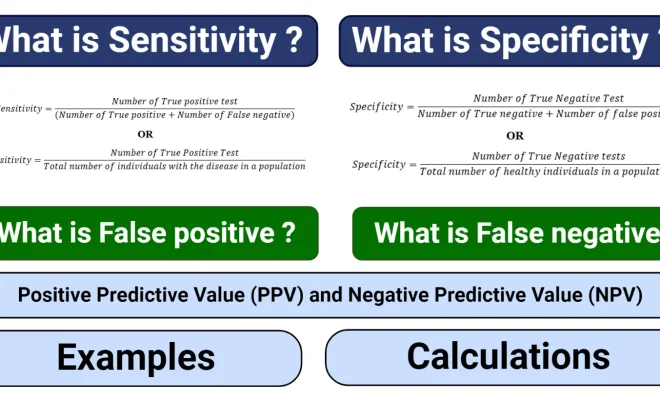How to Calculate Stock Split

In the world of finance and investment, stock splits are a common phenomenon. A stock split occurs when the company’s shares are divided into a larger number of shares. This process has no effect on the company’s market capitalization. In fact, it is normally done to make stocks more attractive and accessible to investors by reducing the price per share. In this article, we will learn how to calculate stock splits to better understand the effects on your shares and investments.
Step 1: Understand the basics
The first step in calculating a stock split is to understand the key terms and concepts associated with it:
– Stock Split Ratio: The proportion in which the existing shares are divided into new shares.
– Pre-Split Shares: The number of shares you own before the stock split.
– Pre-Split Price: The price of each share before the split.
– Post-Split Shares: The number of shares you own after the stock split.
-Post-Split Price: The price of each share after the split.
Step 2: Determine the stock split ratio
A company announces their intention to perform a stock split through their board of directors and specifies the ratio at which it will occur. For instance, a company might declare a 2-for-1 stock split, meaning that for each pre-split share you own, you will receive two post-split shares.
Example Ratios:
– 2-for-1 (2:1) – For every one share you own, you receiveed two new shares.
– 3-for-1 (3:1) – For every one share you own, you receiveed three new shares.
Step 3: Calculate your post-split shares
To calculate your post-split shares, apply this formula:
`Post-Split Shares = Pre-Split Shares * Stock Split Ratio`
Example:
Let’s say you have 100 pre-split shares, with a 2-for-1 (2:1) stock split ratio.
`Post-Split Shares = 100 * 2 = 200`
After the stock split, you now own 200 post-split shares.
Step 4: Calculate the post-split price
Following the stock split, the price per share is reduced. To calculate the post-split price, use this formula:
`Post-Split Price = Pre-Split Price / Stock Split Ratio`
Let’s say your pre-split share price was $50, with a 2-for-1 (2:1) stock split ratio.
`Post-Split Price = $50 / 2 = $25`
The post-split share price is now $25 per share.
Step 5: Verify the market capitalization
As mentioned, a stock split does not impact a company’s market capitalization. To verify that it remains constant before and after the split, apply these formulas:
`Pre-Split Market Capitalization = Pre-Split Shares * Pre-Split Price`
`Post-Split Market Capitalization = Post-Split Shares * Post-Split Price`
Using our previous example:
Pre-Split Market Capitalization = 100 shares * $50 = $5000
Post-Split Market Capitalization = 200 shares * $25 = $5000
As you can see, both values are equal, ensuring that the market capitalization remains constant.
Conclusion:
Calculating a stock split is simple once you understand the basic terms and concepts involved. By keeping track of your share ownership and prices before and after the split, you can monitor how these events affect your investments and make more informed decisions as an investor.






